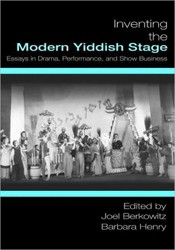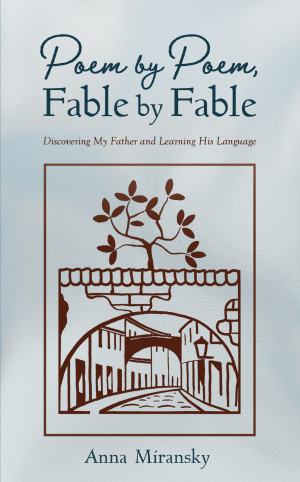Survivors and Exiles, Jan Schwartz’s sharp new book on Yiddish culture after the Holocaust, might well be a subconscious meditation on a devastating passage from Primo Levi’s memoir, Survival in Auschwitz. Levi describes a dream. He is home, surrounded by a gathering of people, among them his sister. Levi tells us that it is “an intense pleasure” to be at home and “to have so many things to recount.” But the audience refuses to listen. They go on speaking “as if I was not there.” The passage ends with his sister walking away.
These are the dilemmas that Schwartz confronts in his book: How were survivors supposed to tell their stories? How could they convey their experiences to those who hadn’t lived through the camps, or who hadn’t even lived in Europe? How could they make an audience listen? These questions were as real and pressing to Yiddish writers as they were to writers in French, or German, or English. Language may have united the Yiddish writer with his audience, and the commonality of Judaism may have allowed the writer to reappropriate religious imagery, but survivor-writers still needed to bridge the chasm of experience. Yiddish writers’ efforts to answer these questions, and Yiddish literature’s “transformation into a culture of remembrance” is the main story of Schwartz’s book.
But Schwartz’s narrative is expansive enough to incorporate other stories. Inspired by the recent turn towards “transnationalism,” Schwartz focuses on projects that crossed national borders.The high point of the book is the chapter on Dos poylishe yidntum (Polish Jewry), a book series as expansive as its title. The series, which reached 175 volumes, included memoirs, historical works, fiction, folklore, and literary criticism. The project brought together writers and editors who lived in different countries, and was financially supported by the Central Union of Polish Jews in Argentina, a network of landsmanshaftn groups. It published works by young fiction writers, including Un di velt hot geshvign (And the World was Silent), the first book by Elie Wiesel, later revised and translated as Night.
Schwartz’s book is laudable not only as the first systematic study of post-Holocaust Yiddish Culture, but for the moral depth of the issues he raises. The reader is confronted by ironies and tragedies. Schwartz describes the period as the “Silver Age” of Yiddish culture; the culture of remembrance unleashed a torrent of Yiddish publishing. But for Yiddish culture, life in death was death in life. The postwar period is less documented, with fewer novels and stories that depict it, precisely because of the intense focus on what had just transpired. Only later in life did extraordinary writers like Chava Rosenfarb turn to their adopted homelands, and cast their gaze on the present. Likewise, Yiddish writers never solved the question of audience. Many of the books and projects Schwartz details remain unknown, even to scholars of Yiddish culture. Wiesel reworked his book and found an audience; Rosenfarb did not. Schwartz’s book is a necessary reminder that we still fall under the moral obligation to listen.
Related Content:





